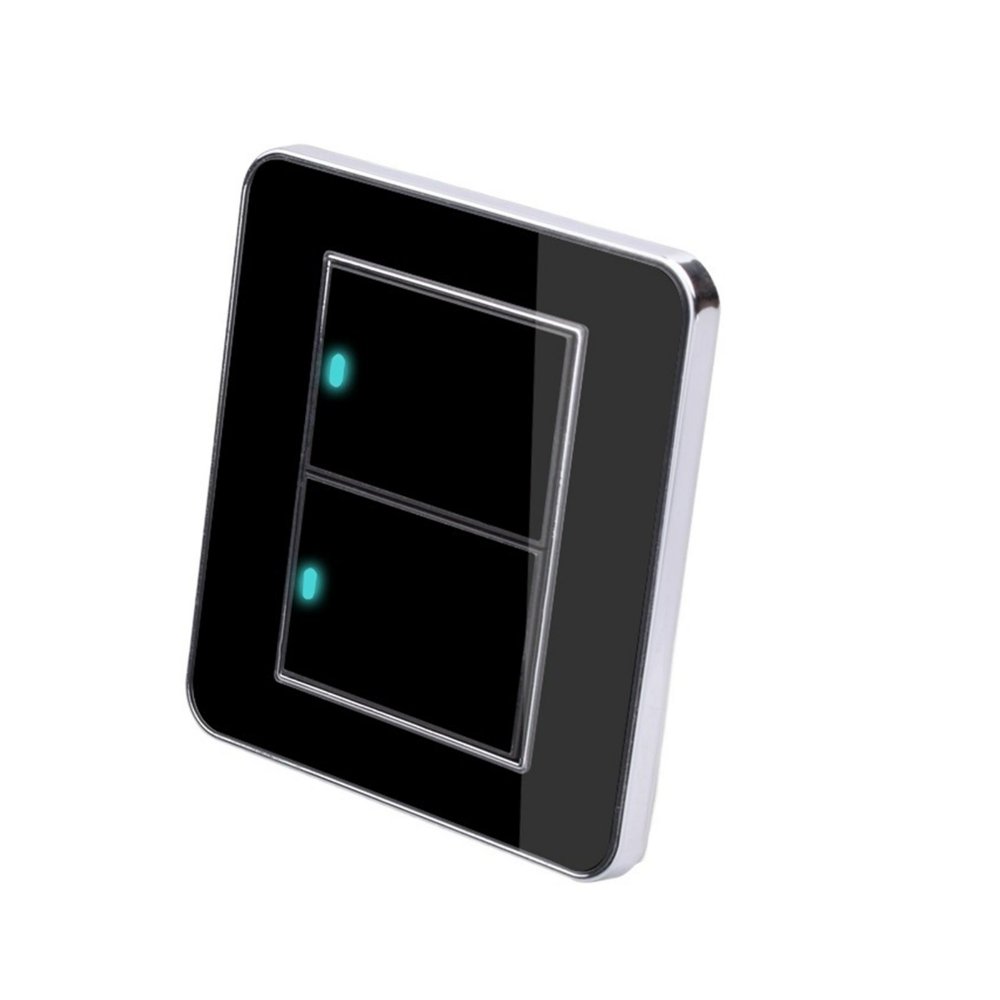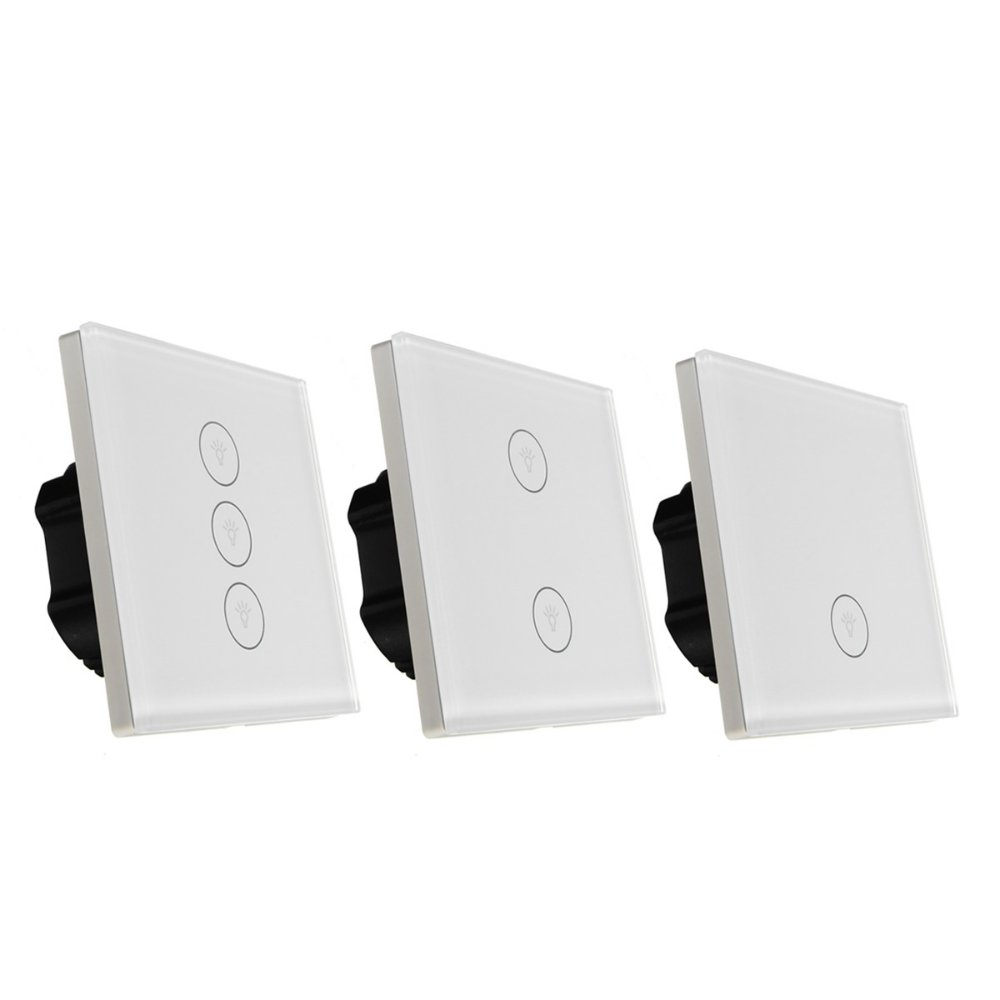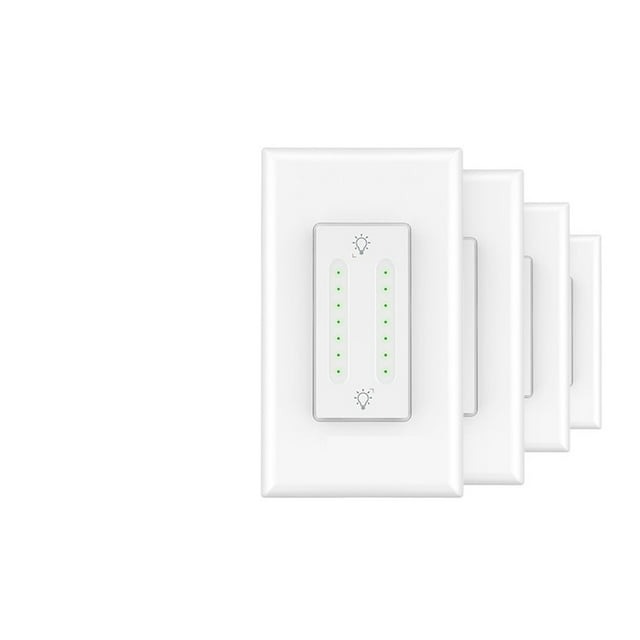Introduction: Understanding Smart Switch Safety Concerns
The question, ‘Is smart switch safe?’ often lingers in the minds of many tech-savvy individuals. With smart home technology expanding, it’s vital to understand the safety of smart switches. First, we must know what a smart switch is. It’s a device that controls lighting and other home appliances through voice commands, mobile apps, or automation. Safety concerns usually stem from their connection to home Wi-Fi networks, which might pose security risks such as unauthorized access or data breaches.
To assure users, manufacturers employ multiple security measures. These measures evolve to combat new threats as technology progresses. We’ll explore whether these efforts are enough to keep risks at bay. Consumers should not only rely on industry advancements but also take proactive steps to secure their devices.
In this blog, we will discuss the technological safety measures in place and assess their effectiveness. We will look into common vulnerabilities and the protocols designed to protect smart switches from them. By understanding the risks and security infrastructure, users can make informed decisions about incorporating smart switches into their smart homes.

The Evolution of Smart Switch Security
Over the years, smart switch security has progressed significantly. In the early days, smart switches were basic devices with limited safeguards. They had straightforward protocols and simple password protection. As technology advanced, so did potential threats. Hackers became more skilled, forcing the industry to act.
Manufacturers were quick to recognize these risks. They began to enhance their devices with stronger security features. Encryption became a standard to scramble data, making it harder for unauthorized users to decipher. Smart switches started using secure Wi-Fi networks and added layers of user authentication.
Yet, improvement did not stop there. We saw the adoption of advanced tech like biometrics and two-factor authentication. These added vital checkpoints for confirming the identity of users. The industry also integrated real-time monitoring systems to alert users about suspicious activities.
Modern smart switches now boast robust security ecosystems. These include regular firmware updates to patch vulnerabilities and the use of secure communication protocols. These protocols ensure that all data sent to and from the switch remains protected.
To sum up, smart switch security has come a long way. Manufacturers continue to refine their approaches as new challenges arise. As we move forward, innovation remains key in safeguarding our smart homes against evolving cyber threats.
How Smart Switches Work: Safety Mechanisms Explained
Smart switches have built-in safety features to protect users’ homes and data. They use encryption, a security technique that turns information into a code. This code helps prevent hackers from stealing data. All commands sent to a smart switch, whether by voice or app, are encrypted.
For added protection, smart switches need user authentication. This means that before any changes are made, the user’s identity must be confirmed. Some switches use biometrics like fingerprints to check who’s trying to access the device. Others might use two-factor authentication, a method that sends a code to your phone for extra safety.
Many smart switches also have an auto-update feature. They can download and install updates when released by the manufacturer. This keeps their security software current against new threats. Users can often set these updates to happen automatically.
Smart switches are designed with network security in mind. They often operate on secure Wi-Fi networks. This helps keep your personal information safe. Some advanced models can detect unusual activity. They can notify you if they sense something wrong, such as an unfamiliar device trying to connect.
In summary, smart switches protect your home not just by controlling lights and appliances. They guard against cyber threats through encryption, user authentication, regular updates, and network security. Understanding these mechanisms helps users feel secure while enjoying the convenience of a smart home.

Assessing the Risks: Common Vulnerabilities in Smart Switches
Smart switches, like all tech devices, face risks. Hackers target smart home devices often. They seek weak points to gain access. One common vulnerability is weak passwords. Easy-to-guess passwords can put your devices at risk. Another issue is outdated firmware. Old software may have security holes that hackers can exploit.
Network security is also a big concern. Smart switches connect to your home Wi-Fi. If the network is not secure, it could expose your smart switches to attacks. Some switches might have flaws in their encryption methods. This can make data less secure. Also, physical security is a risk. If someone gains access to your home, they might reset your devices.
To protect your smart switches, it’s crucial to know these vulnerabilities. By understanding the risks, you can take steps to keep your smart home safe. Users should keep the software up-to-date and use strong, unique passwords. Ensure your home Wi-Fi is secure. Look for devices that provide good encryption. Consider the physical security of your devices too.
Security Protocols and Encryption in Modern Smart Switches
Protecting your smart home requires advanced safety measures. Today’s smart switches use cutting-edge security protocols and encryption. These tools shield your data and manage your devices safely. Let’s dive into how these technologies work to keep you safe.
Smart switches now come with TLS (Transport Layer Security). This protocol secures data as it moves between your devices and the servers. TLS uses strong encryption to prevent eavesdropping. It makes sure only intended recipients see your data.
AES (Advanced Encryption Standard) is another common method. It turns your data into a tough-to-crack code. AES encryption is complex. It thwarts hackers from reading your information if they intercept it.
WPA3 Wi-Fi Security is the latest in network protection. Smart switches that use WPA3 offer strong user authentication. They make your Wi-Fi network harder to hack into. With WPA3, your smart switch connections are more robust against attacks.
Manufacturers also employ end-to-end encryption. It secures data from the point of sending to receiving. This means even during transmission, your commands remain hidden from prying eyes.
Devices now include security checks called firmware integrity verification. This confirms that the software your smart switch runs on is safe and unaltered. If any changes are detected, the system alerts you. You can then take necessary actions.
These security protocols and encryption standards form a solid wall. They protect against data breaches and unauthorized control of your smart switches. Having these measures in place is crucial. It lets us enjoy the benefits of smart home technology with peace of mind.

Industry Regulations and Compliance for Smart Switch Manufacturers
The safety of smart switches also hinges on industry regulations and compliance. These set standards manufacturers must follow. Regulations ensure a baseline of security for all smart switch products. Compliance is key for keeping consumer trust.
Governments and industry bodies create these rules. For instance, regulations may require secure communication protocols. They often mandate that devices undergo testing. This testing checks for vulnerabilities before going to market. Regular audits ensure ongoing compliance.
Manufacturers must often demonstrate compliance with various standards. These might include UL (Underwriters Laboratories) or ETL (Intertek Testing Services). These certifications mean a product meets certain safety benchmarks.
Privacy laws also impact smart switch security. They dictate how companies must handle user data. Laws like the GDPR (General Data Protection Regulation) set strict guidelines. They protect user privacy within smart devices.
Some regions have specific protocols like Z-Wave or Zigbee. These are secure, low-energy radio frequencies for smart home devices. They ensure devices communicate safely across a network.
In summary, manufacturers must navigate a complex web of regulations. These ensure smart switches are safe and reliable. By complying, they shield consumers from various threats. They also reinforce the security framework of smart home ecosystems.
Practical Tips to Enhance Your Smart Switch’s Security
Maintaining smart switch security demands user vigilance in addition to built-in features. Here are practical tips to boost the safety of your smart switches.
- Update Regularly: Always update your smart switch firmware. Manufacturers release patches for new threats. Enable auto-updates if available.
- Strong Passwords: Create complex and unique passwords. Avoid common phrases and include a mix of letters, numbers, and symbols.
- Network Security: Secure your Wi-Fi network. Use WPA3 security when possible. Change default network names and passwords.
- Two-Factor Authentication: If your smart switch supports it, enable two-factor authentication. This adds an extra layer of security.
- Monitor Activity: Keep an eye on device logs. Watch for any unusual activity. This could indicate a breach attempt.
- Physical Security: Don’t forget the physical aspect. Place switches in secure locations. Prevent unauthorized physical access.
- Educate Your Household: Make sure everyone in your home understands the importance of security. They should know how to operate smart switches safely.
- Use Trusted Devices: Access smart switches from secure devices only. Ensure the smartphones or tablets you use have their own security measures in place.
By implementing these measures, users can vastly improve the security of their smart switches. Remember, the key to safety lies in both advanced technology and responsible usage.
Future of Smart Switch Safety: Innovations on the Horizon
Predicting the future of smart switch safety, one can anticipate more groundbreaking innovations. Here are potential advancements we might see.
- Stronger Encryption: Encryption methods may evolve. This will make data harder for hackers to crack. Look for algorithms beyond AES to emerge.
- Artificial Intelligence: AI could monitor smart switch patterns. It learns normal behavior and flags odd actions as potential threats.
- Behavioral Biometrics: Beyond fingerprints, devices could recognize users by how they use them. These biometrics might track habits and routines for extra safety.
- Quantum Computing: It may transform security. Quantum-resistant encryption could prevent even the powerful quantum computers from breaking codes.
- Decentralized Networks: Blockchain technology could decentralize smart home networks. This reduces risks of single points of failure and attacks.
- Self-Diagnosis: Smart switches could self-check for vulnerabilities. They would repair themselves without user intervention.
- Regulatory Evolution: Laws and guidelines will need updates. They must stay ahead of tech to keep consumer data safe.
The future seems promising for smart switch security. With technology racing ahead, staying informed is key. Users and manufacturers must adapt swiftly to new security challenges.